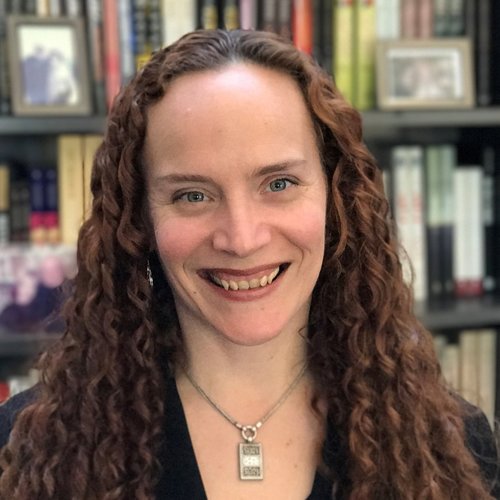About Jessica
Jessica Papin first joined DG&B in 2003, after spending eight years as an editor at Warner Books (now Grand Central). In 2004, she moved to Egypt, where she spent three years working for the American University in Cairo Press. Upon her return to the United States, she rejoined DG&B. With a background on both sides of the desk, she loves working collaboratively with clients to shape and refine their work. Her stay in the Middle East has given her an abiding interest in the history and politics of the region, as well as the broader Islamic world. She is interested in plot-driven literary and smart commercial fiction, and narrative non-fiction across a range of subjects, including history, medicine, science, economics and women’s issues. In every case, she looks for passion, erudition, and storytelling skill. A wry sense of humor doesn’t hurt.
Jessica wants to see more narrative science.
Since beginning my career in publishing in 1995, I’ve been fortunate to have the opportunity to work in three different (albeit related) capacities in the book industry: first as an acquiring editor at a major commercial house; as an international rights director at an academic, not-for-profit literary press; and, of course, as a literary agent with DG&B. It is this final role that I most enjoy, in part because I can employ the full breadth of my experience in the service of my clients. From seven years spent as an editor, I am familiar with the inner workings of a house: the ed-board pitches, the p&ls, the presentations to sales and marketing—and can help authors navigate effectively through what sometimes seems an inscrutable process. Just as importantly, I have retained a genuine love of editing. While the editorial process is not alchemical—it cannot spin straw into gold—I do believe it can refine and distill material into its most effective and enduring iteration. Indeed, it was this hand-on aspect of working with writers that I missed while in Cairo, overseeing the international rights department of the American University in Cairo Press (though the consolations of living and working in the city known as the Oum el Dounia, the “Mother of the World,†were considerable). Moreover, through my work with the AUC Press, I have been privileged to work with some amazing individuals: the late Nobel Laureate Naguib Mahfouz; international bestseller Alaa Al Aswany, and widow of the slain Nobel Peace Prize winner, Jehan Sadat. Somewhat paradoxically, by leaving New York—the capital of English language publishing/the blockbuster bestseller/hyperbolic sales pitch, and immersing myself in the broader community of global literature, and more specifically, literature in translation—I was able to appreciate anew the way in which books can, quite literally, change the world.
I am ever on the lookout for plot driven literary fiction—I love dark, twisty, genre-bending tales, international themes and coming of age stories. Favorite authors include: Margaret Atwood, Nadine Gordimer, Naguib Mahfouz, Ian McEwan, Jhumpa Lahiri, Orhan Pamuk, and Philip Pullman. I am an assiduous reader of narrative non-fiction, ranging from the personal to the reportorial. Perhaps not surprisingly, subjects that engage the history and culture of the Middle East are of particular interest. I would point to books like The Looming Tower, Guests of the Ayatollah, and Ghost Wars as outstanding examples. I am also on the lookout for narrative science—and writers who can present complex topics in prose that is lucid, engaging and story-driven.



